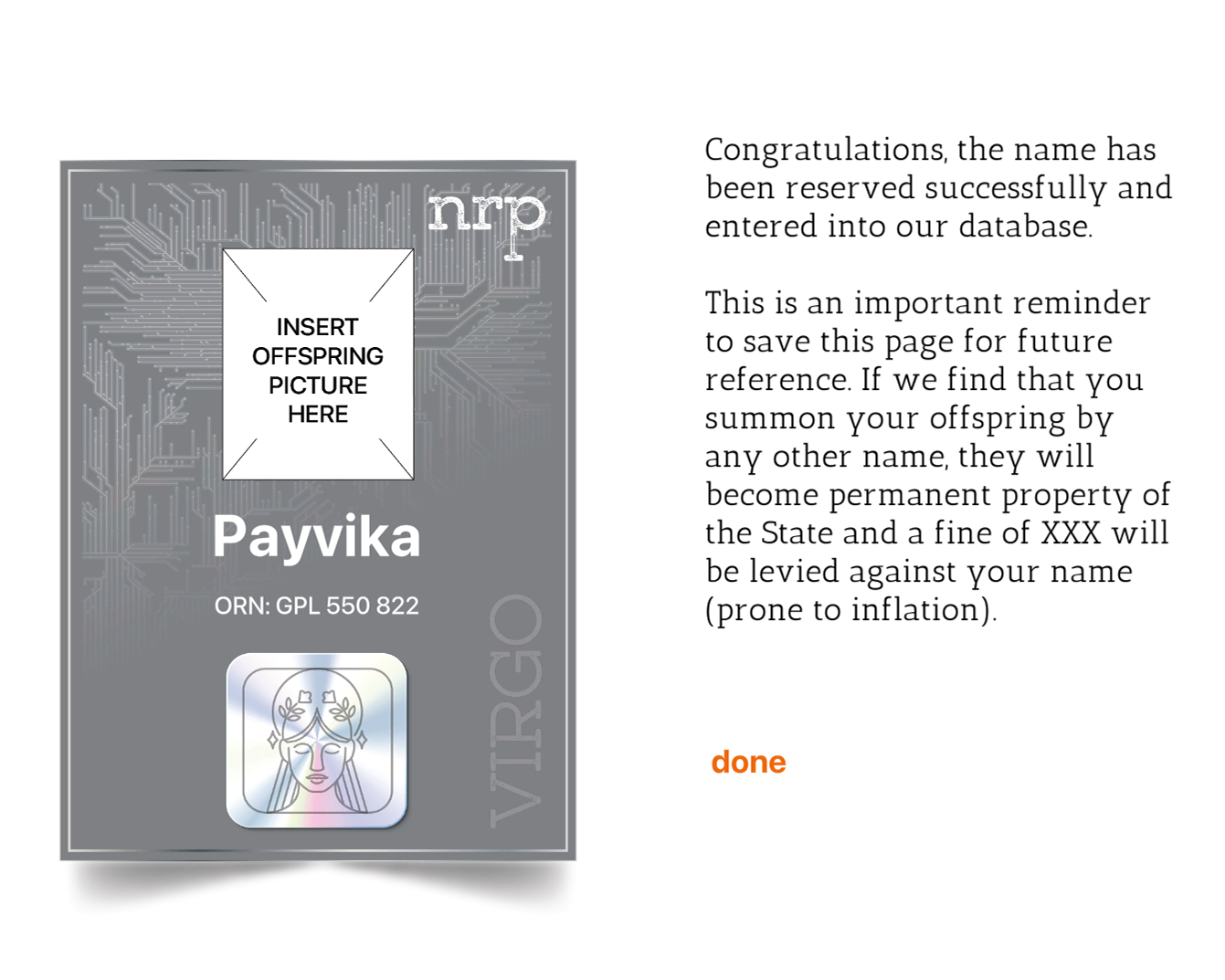Dreamscape
interactive narrative
Dreamscape is an interactive narrative based on dreams, imagination and reflection. I have, for a while, been curious about how the process of dreaming impacts our mental health, life goals and self-actualisation. I wanted the narrative to concentrate on the sensory, cognitive and the emotional, just like all dreams do.
Classroom Project developed for Narrative & Dynamic Systems at Parsons
Project Duration: 1 week (Feb 2022)Developed using Twine
The Premise
The protagonist is a filmmaking student who is on the hunt for internships. Their relationship with their partner isn’t on the best of terms either. They write their thoughts and feelings down in their diary which gives players sufficient context to begin the game. It is from the point that the protagonist sleeps that the player interaction begins. Through the story, the protagonist combats their self-doubt and in the end, wakes up with hope and confidence to face challenges.
Screen recording of Dreamscape being played
Research
This game actually involved a lot of secondary research into the following aspects:
- The human sleep cycle and comprising stages
- Types of dreams and what they can mean from a psychological point of view
- How to interpret one’s own dreams
- What the most common types of dreams were
- REM cycle and lucid dreaming
- Recollecting dreams based on sleep and wake conditions





Another reason I continued working with this theme is the stark difference between dreams, an output of the REM (rapid eye movement) cycle and daydreaming. With dreams when one is sleeping, everything is involuntary and even suppressed memories or worries come to light. The dreamer has no say and anything can happen. Daydreams, on the other hand, are more controlled and aspirational as a means to escape from the present reality.
This ensured a good, chunky theme for me to build my narrative on. I was very keen on exploiting the ‘bizarreness’ and the crazy, weird things people do in dreams. Since literally anything could happen in the constituent dream sequences, I felt this proved to be a constraint to the design process to a certain extent. The realm of possibilities was too vast and I wish I had a more rigid framework with rules outlining what can and cannot happen within a dream. The number of choices given to the player at every stage are either two or three, but I had to restrain myself by not making them 5 wacky things the player can choose to do.
Use of Sound and Color
I used color and sound primarily as effects to support the player experience. Instead of adding accompanying images, I decided to use more descriptive language and focus instead on the layout and typography. I have played with the background color of the various passages so that ties well with the corresponding dream sequence (like sandy shade for the Indus Valley Civilization, a steely gray for the subway train, etc). This was possible with the use of passage tags and creating individual CSS classes and properties. I used sourced music and sound effects for the story. Again, each scenario has its background score or individual theme, interspersed with sound effects like splashing or human chatter. This was done in hopes to not only visually, but also auditorily transport the player from one sequence to the next.
Challenge
Finding the right balance between randomness and consistency was a bit hard. The inherent nature of dreams is to be chaotic and wild. I had to make sure that a lack of strong narrative thread did not annoy or deter the player by:
Adding easter eggs or some recurring issues like the player’s headspace, the relationship with Adrian, and so on.
Designing engaging scenarios that players could empathise with they might have dreamt of some of these scenarios at some point
Tracking the player
The story tracks the number of rash or crazy decisions that the player makes throughout. The wilder, the further they will go. When the game starts, a variable, $crazy, is set to 0 and with every sane or boring decision that is made, the value is reduced by 1.
When it hits 0, the protagonist wakes up suddenly because of a loud alarm and cannot remember anything.
If the player continues the game, they will have a conversation with Mother Nature, gradually wake up on their own and be able to recollect and reflect.
In one scenario, the protagonist is completely naked in which case they realize that they are dreaming and wake up in shock.
When the player has a conversation in the train to find out that they are on the Train to Tomorrow, a boolean $isAware is set to true and the player has slightly more context about their dream for the rest of the narrative
Individually tracking the root cause of a dream would have been too cumbersome a process, so instead the protagonist is generally anxious and worries about what the future will hold. Feelings of unfulfillment, unpreparedness and helplessness are common threads in many types of dreams.



















